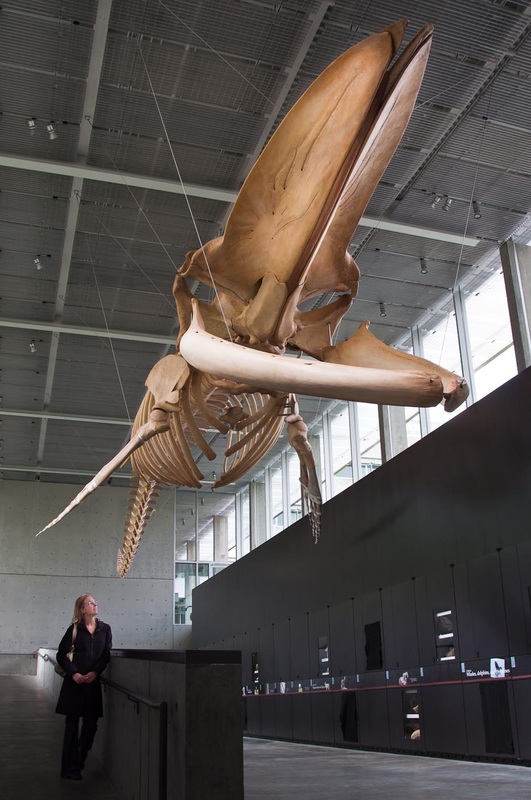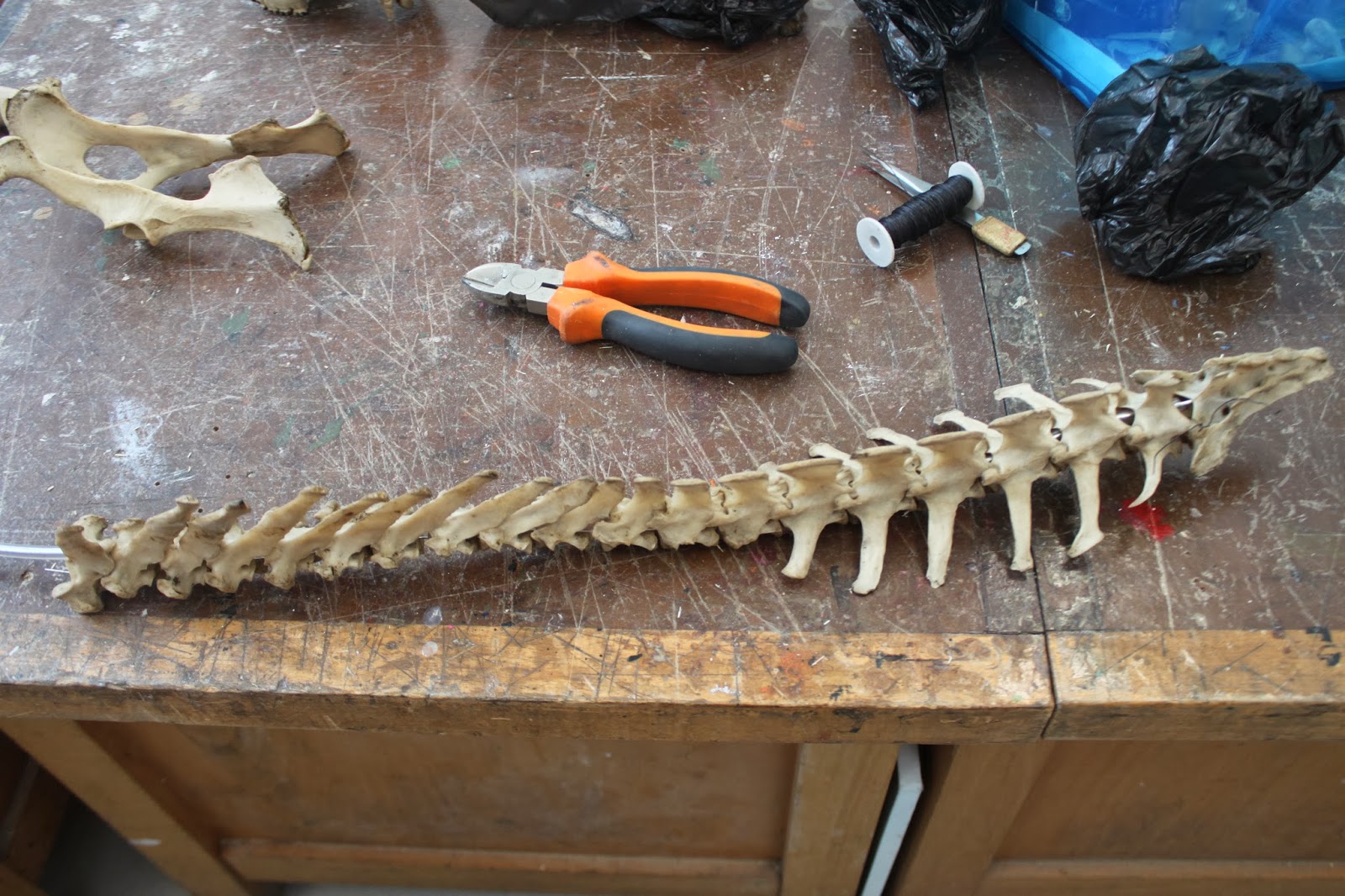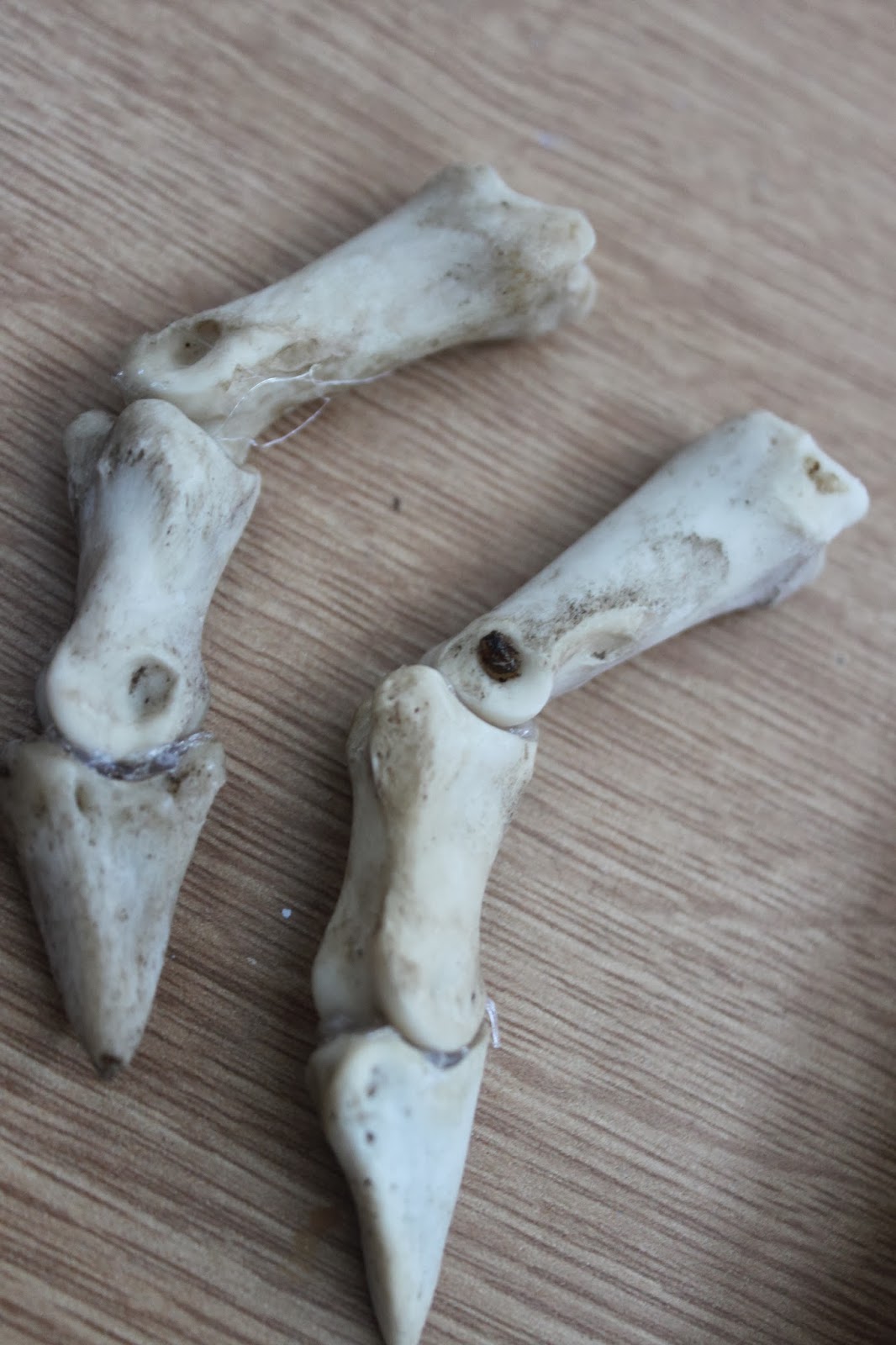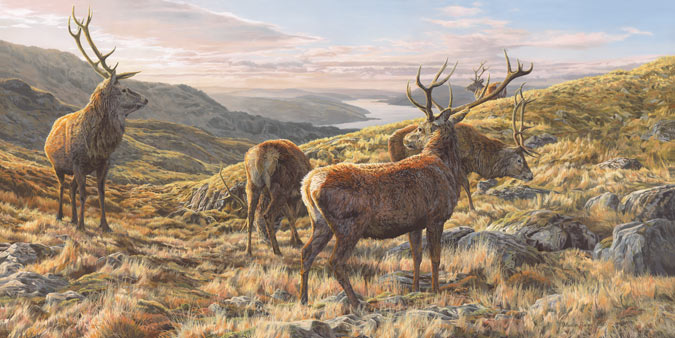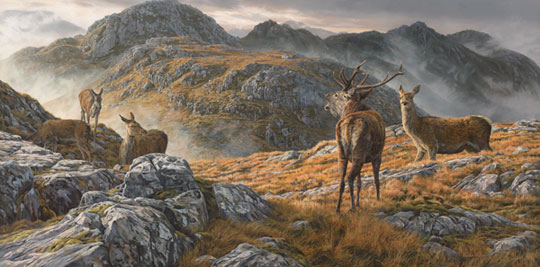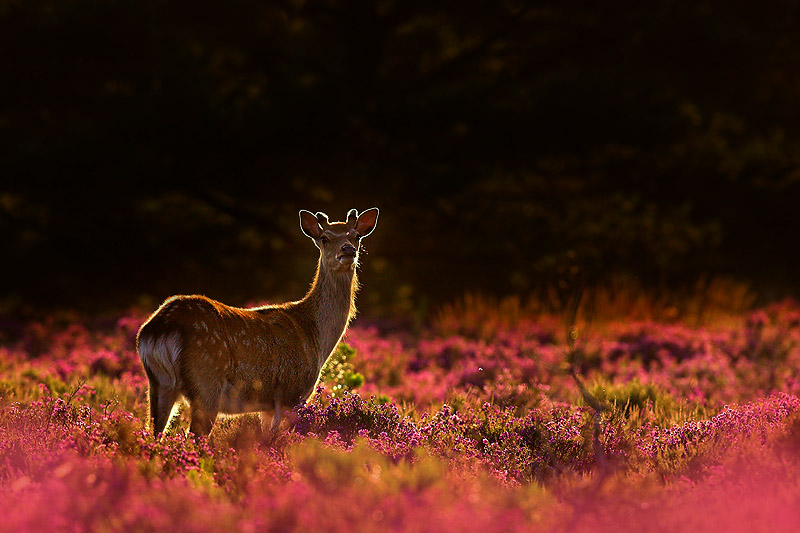Connections project
The next project we have to do is based on connections. I have chosen to base mine on wildlife and life after death, namely deer and articulation/taxidermy. Deer mean quite a lot to my life as they were some of the first animals I ever recall seeing in the wild, and it was a large herd of them, bounding through a field. The tight family really touched me, and I plan to mainly focus my project around them.
However, as I am also interested in taxidermy and bone collecting, I have chosen to also conjoin my vision project with this project, only developing it further into something more than just photographs.
I plan to use several different types of mediums in this project, including 3D, Traditional painting and drawing, Photography and digital work. I especially look forwards to doing more low key photography, similar to my previous project, and I intend to focus more on traditional art.
Research
I have chosen artists who mainly focus on nature and taxidermy as their interests to research, they are as follows
Martin Ridley
Martin Ridley paints fantastic natural images of wildlife with a lot of detail involved in them. They have natural lighting and are very well drawn. The deer are anatomically correct and there is a lot going on in the image. The deer are all in the centre aside from the main Stag, which actually draws the attention of the piece to him.
He also painted the following piece, which has a lot more contrast and more of an atmosphere to it. The fog in the mountains give it a sense that the deer are lost and are not sure of their way, the bellowing stag is like he is calling out into the silence, waiting for a response or a sign of life. The amount of detail put into the pieces is phenomenal
Polly Morgan
I researched Polly Morgan in my last assignment, but I still find her work very spectacular. I love the way she breaks borders and creates Taxidermy in a contextual art style, giving it life and personality, whilst still showing that it is very much dead.
The name of her piece involving a deer is titled "Endless Pains" and even though the animals are dead it still expresses the pain they were experiencing before death, like they still have agony on their faces. The little birds involved in the piece add a quite peaceful touch to the images, making it seem like they are angels trying to sooth the animals.
Ben Hall
Ben Hall is a fantastic nature photographer who takes absolutely breathtaking images of animals in their natural environments. His pictures have a very deep atmosphere to them, which makes them stand out from the rest, in my opinion. My favourite photos of his would have to be the ones of the deer.
The colours and the lighting in this picture are beautiful, and the way the deer is looking directly at the camera. Even though the heather is purple, the orange hue of the image makes it blend in, and gives it a general warm tone.
This is another picture I love by him, the way the dusk sky gives the picture an intense atmosphere, like it just came out of a movie. The power of the piece is beyond epic and the two deer fighting slightly to one side makes it obvious which one is currently losing, they are still the main focus and it adds more of an impact than if they were in the center.
I like the way this photo is quite abstract, almost like a painting, due to the motion blur. I have intentions on making a painted piece similar to the style of this photograph, where it is surreal and minimal but you can still tell what they are.

